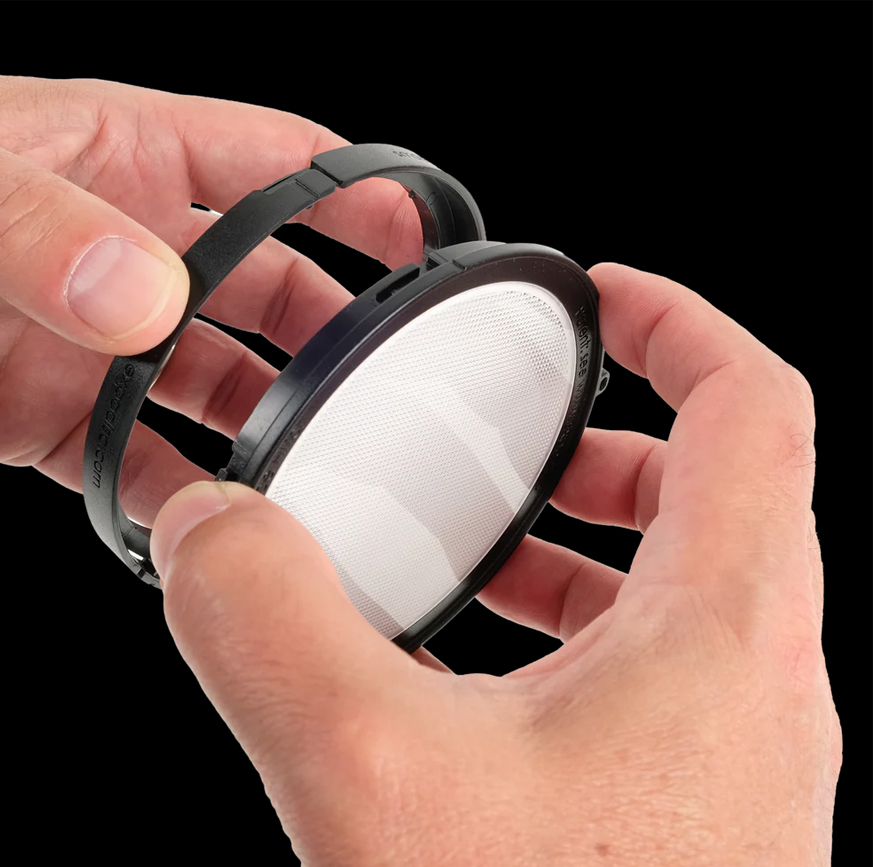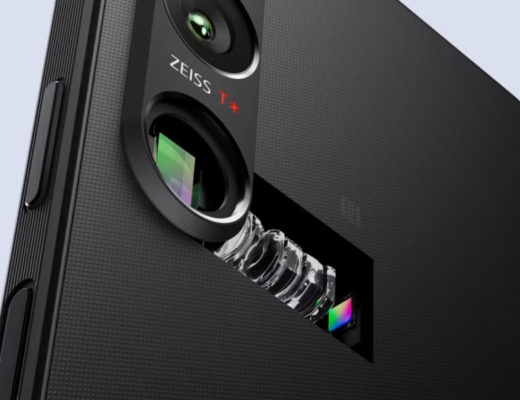 Can a white balance filter be made better? The team behind the original ExpoDisc believes so, and the new ExpoDisc v3 is the latest effort at making the fastest, most accurate white balance tool.
Can a white balance filter be made better? The team behind the original ExpoDisc believes so, and the new ExpoDisc v3 is the latest effort at making the fastest, most accurate white balance tool.
Do you still need to use a white balance filter to keep your colors in the right place, when shooting, in a time when AI is everywhere and, apparently, digital and “fix it in post” rule? ExpoImaging believes so, and that explains why the company is coming out with a new version of its popular ExpoDisc. First introduced almost two decades ago, in 2004, the first ExpoDisc was a magic piece of equipment. As photographers explored digital, it became clear that even with sensors instead of film, having the means to keep your whites white and all the other colors where they should be, was an asset that photographers who wanted to have maximum control should not be without.
I’ve the two previous versions of the ExpoDisc, which I used intensively in my own work and for workshops, where I would show people how the filter helped to get consistency when photographing. ExpoDisc 2.0 is now discontinued, as ExpoImaging introduces the ExpoDisc v3, which is, the company says, “our latest effort at making the fastest, most accurate white balance tool we can.”
The ExpoDisc 2.0 was still the best in the market, even so, the team at ExpoImaging are always looking for ways to make it better, and that’s how ExpoDisc v3 was born. Why? you may ask. Well, because as technology evolves, so do materials, and the new diffusion materials incorporated into ExpoDisc v3 perform better across the visible spectrum (380-700nm), providing better white balance results when shooting in cool open shade or very warm light.
 Thinner, with a new bayonet mount
Thinner, with a new bayonet mount
ExpoImaging says that “the improved performance of the new materials extends beyond the visible spectrum from 700-2200nm (near infrared), and enables use of the ExpoDisc v3 to set white balance when photographing with an IR-sensitive camera.” So, photographers (and anyone needing a tool to check white balance) get a new filter, with improved wide spectrum white balance for the same price – $ 49.95 USD – as the previous version. But there is more, as the recent version introduces a new thin design with bayonet mount step ring.
In fact, the new ExpoDisc v3 design is thinner than the ExpoDisc 2.0. The ExpoDisc v3 can be comfortably held over lenses 82mm or smaller, and it also incorporates a new bayonet mount allowing it to be quickly attached and removed from your lens using the included ExpoDisc v3 bayonet mount step ring. A single bayonet mount step ring size is included with each ExpoDisc, and additional step rings can be purchased for other lens sizes.
The ExpoDisc can be used to set an in-camera white balance using your camera’s custom white balance procedure. This custom white balance will be incorporated into your images if shooting JPEG, or will be added to your RAW images as the ‘as-shot’ white balance. ExpoImaging claims that “this saves a tremendous amount of time editing photos later as every image will have a neutral, measured white balance without having to adjust sliders. Stop fixing your color later with software.”
Although you may think that this is a tool for photographers, the ExpoDisc v3, as previous versions, works for both still photography and for video. Use your camera’s video white balance procedure to apply a custom white balance to your video. This is a huge time savings since correcting color in video is even more time consuming than for still images.
 Also used for incident exposure metering
Also used for incident exposure metering
ExpoDisc v3 can also be used for incident exposure metering. ExpoDisc v3’s light transmission profile has been adjusted to 14.5% which is consistent with most digital light meters and will provide a more-centered histogram on modern digital cameras.
The ExpoDisc v3 is, like previous versions, calibrated and certified in the USA. ExpoImaging notes that “we test and certify every ExpoDisc at our California facility to maintain strict quality control standards. The ExpoDisc is tested by hand on a transmission spectrophotometer to ensure its neutrality. This neutrality is important because using a non-neutral tool for white balance can actually add undesirable color casts to images. Every ExpoDisc v3 includes a quality control card to certify its neutrality.”
ExpoDisc v3 contents:
- ExpoDisc v3 Professional White Balance Filter
- ExpoDisc v3 Step Ring
- Storage Pouch
- Neck Strap
- Certification Card
- Printed Instructions (English); instructions for other languages can be downloaded from ExpoDisc.com
Writing this piece of news about the new ExpoDisc v3 made me think if a filter of this type can be used with smartphones, to make it easier to keep the whites pure. Does it make sense? Is it even feasible? A quick experience with both a Samsung and Xiaomi smartphones suggests that the filter – I used version 2.0 – works with the smartphone to get the white balance right, and a reference image can be captured, and probably used, when in post, to find the correct white balance, for subjects photographed under the same light.
While this needs some more testing, and it´s essentially just an academic experience that may not be adopted in real life usage – or even make sense for most smartphone users, it’s interesting to be able to try working with light in such a way. It gave me a reason to pick my ExpoDisc filter from the shelf behind me and be amazed at the magic ways we can use to control light in photography. Even with a smartphone!

Filmtools
Filmmakers go-to destination for pre-production, production & post production equipment!
Shop Now













